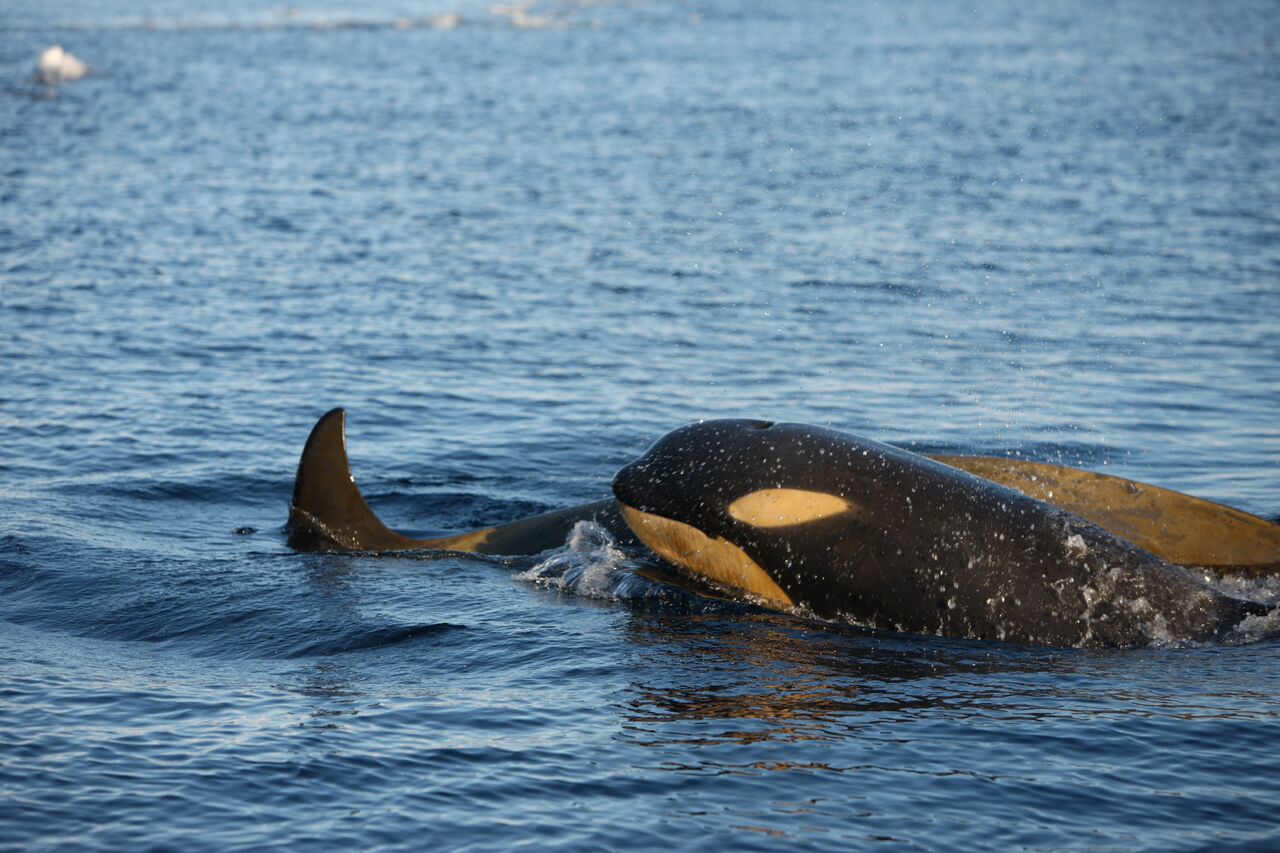Sound recordist, Chris Watson, spoke to The Badger about his new installation piece featured in the Attenborough Centre for the Creative Arts until 13 April 2018.
From an electronic music career in the 1970s to radio and television work for the BBC; sound recording expert, Chris Watson, may have one of the sharpest ears in the industry. When speaking to Chris, he highlighted the importance of listening. Specifically, taking the time out of our busy lives to immerse ourselves in the rich, vibrant sounds of nature.
When Chris’ parents bought him a reel-to-reel tape recorder at twelve years of age, the art of sound opened up new paths of curiosity for him. Through this gift, Chris became interested in the creative potential of sound recording on a journey of self-discovery into the craft. “Sound fires imagination, probably akin to our sense of smell,” Chris said. “It has such a powerful potential on recall, and it stimulates our imaginations in a unique way.”
Later, this interest spiralled into music creativity. Finding his feet within the post-punk era, Chris formed Cabaret Voltaire with Stephen Mallinder, Richard H. Kirk, an electronic band experimenting with tape machines. He used the tapes made in his adolescent years and adapted them to include in songs using tape manipulation, involving cutting and splicing.
Chris eagerly took time to carefully explain the differences between the analogue techniques he used in the 1980s and 1990s compared to the technology the digital age has brought us. “I grew up in the analogue era of sound recording whereby you take a microphone [and] connect it to an analogue recording device, which meant that the sounds when they entered that recorder were changed into an electric signal.”
Although he reminisced on the nostalgic aspects of analogue recording, Chris praised how the digital era had brought accessibility to the field craft. “It has democratised it so anybody now with an iPhone can go out and make sound recordings and I think that’s fantastic…I’m fascinated by the liberation of digital recording because what the audience will hear in the Attenborough Centre is more or less exactly what I heard when I made the original recording.”
“With hindsight I became more interested in what I was hearing outside than what we were producing in the studio.” Chris left the band in 1981 to pursue what he described as “the music of the natural world.”
As a composition, No Man’s Land took over a decade for Chris to produce. He accumulated various sounds from across the globe, including our very own popular habitat, Brighton Beach. “The sounds of Brighton beach sort of bookend the piece, which is important to me…[it] is a very signature sound and that harmonic rush of waves between the shingle of the pebbles. You hear the sounds of people and traffic and sirens on the main road, then the starlings arriving on the beach to roost of the West Pier.”
He explained how he felt ‘no man’s land’ was a term that symbolised the ocean as a territory that could never be ours. “We know more about the dark side of the moon than we do the floor of the ocean.” Chris’ piece is a glimpse into the largest habitat on earth that we know very little about.
This piece will introduce an eclectic range of species that you may never have heard before. “Weddell seals singing under the Antarctic sea ice, there’s an incredible snap, crackle and pop of coral reef in the South China seas. There’s the songs of humpback whales in the Silver Bank in the Caribbean, hunting pods of orcas (killer whales), songs of grey seals, and then the pull and push of the ocean currents, which are very harmonically rich also.”
“It is quite often sound, certainly on television programmes, gets swamped with inappropriate music and you don’t get to hear the sound of the places or the animals.” Chris’ ethos aims to give the audience an experience similar to his own at the time of recording. He curated No Man’s Land with Tony Myatt from the University of Surrey who specialises in spatial sound design pieces. The Attenborough Centre will be pitch black to reflect the natural habitat of the animals. Chris explained how the professors, experts and Marine Biologists were essential to the identification of the species and curation of the project.
Chris described how the sound was designed to be realistic: “It’s a tectonic sound system, which is bespoke to the place, and to the venue. You will hopefully get this sort of deep ocean experience of being on the sea bed, having things around you and above you.”
A soundscape piece like No Man’s Land would have been impossible in the analogue era 20 years ago. Although there is still a lot to be learned within marine bio acoustics, Chris has embraced new technologies of digitalisation and used them to revolutionary ends. Through combining the scientific and environmentalist communities with sound media, No Man’s Land presents a unique piece of the songs of the natural world.


